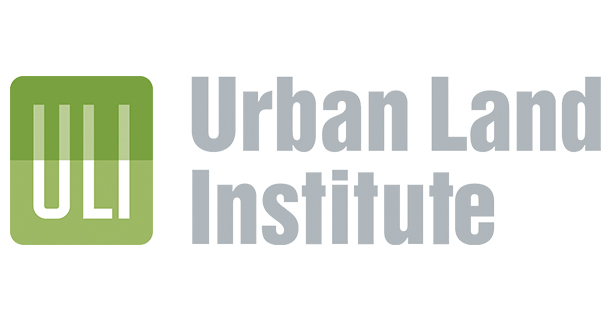Proposed steps include:
Promoting cost-effectiveness through consolidation, coordination, and simplification: including consolidating monitoring and due diligence activities; coordinating competitive funding competitions; improving codes, zoning, and regulation; and streamlining HUD financing.
Removing barriers to reducing construction costs and delays: including implementing smart parking requirements; reviewing unit size and amenity requirements; reforming rules that make rehabilitation difficult; finding ways to better coordinate development teams; and supporting innovative building techniques like micro-units and prefabricated housing.
Facilitating a more efficient deal assembly and development timeline: including eliminating zoning barriers to by-right housing development; creating clarity and structure in the public engagement process; adopting state and local policies to streamline local development; promoting consistency in state qualified allocation plans; and adopting efficient deadlines for deal assembly and project development.
Improving and aligning incentives: including evaluating life-cycle cost considerations in the underwriting process; creating incentives for green building and energy-efficient design; incorporating cost considerations in the process; assessing the time frame in which costs are evaluated for the purpose of underwriting; providing local incentives for affordable housing development.
Improving the flexibility of financing sources and create new financial products to better meet needs: including exploring entity-level financial products; facilitating the acquisition of existing multifamily properties through direct subsidies, public/private partnerships, or regulatory flexibility; facilitating more efficient use of project reserves; and providing greater flexibility in percent low-income housing tax credit allocations.
Support the development and dissemination of information and best practices: including creating a cost competition to support innovative practice; determining appropriate units of measurement and comparison to guide decision making; building a community of practice; and creating a forum for sharing data and best practices.
Nationally, there were only 6.9 million rentals affordable to 11.8 million extremely low-income renters in 2011, a supply gap that grew by three million renters between 2001 and 2011 and continues to grow, the study said.
The report is based on a series of interviews and roundtable discussions with 200 developers, financiers, and policy makers in 10 markets including Boston, Chicago, Denver, Los Angeles, New York City, San Francisco, Houston, Minneapolis, Pittsburgh, and Seattle.
Author: Thomas Grillo, Boston Bus. Journal















